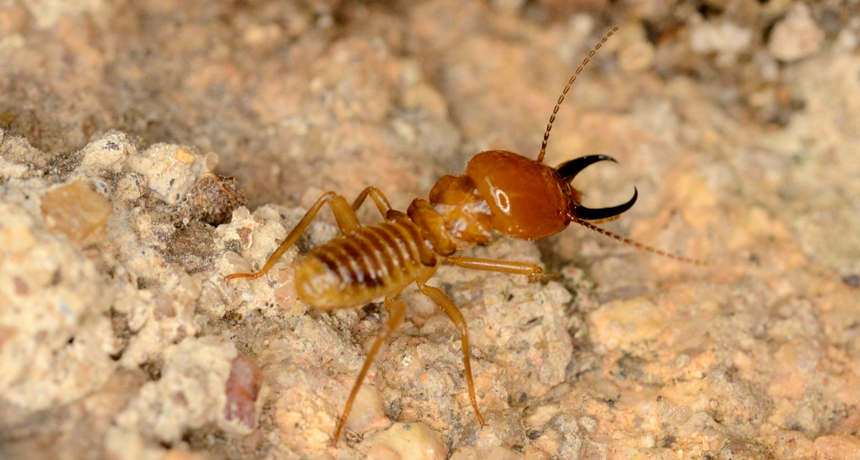The termite species known as Coptotermes formosanus and Coptotermes gestroi are the two most economically important termite species in the world, as these two species cause a greater amount of structural damages than any other termite species. These two species, which are more commonly known as Formosan subterranean termites and Asian subterranean termites respectively, have both established an invasive presence within the United States. The Formosan termite species has been inhabiting the southeast US since the 1960s, but the Asian subterranean termite was first discovered on the southern coast of Florida during the late 1990s, and its habitat has not yet spread beyond the state. However, a study conducted two years ago found that the distribution range of both Formosan and Asian subterranean termites in Florida expanded at an exponential rate over a 25 year period. As a result of this expansion, Asian and Formosan subterranean termites are expanding into residential and urbanized areas in Florida for the first time. Considering that this massive habitat expansion occurred during the earliest phase of termite population dispersal, researchers fear that urban areas of Florida will eventually become flooded with unmanageably large populations of these two destructive termite species.
Researchers with the Florida Entomological Society analyzed termite records that were produced between 1990 and 2015 in order to determine the habitat growth rate of Formosan and Asian subterranean termites in the state. During this time frame, these two invasive termite species increased their habitat range exponentially, which has brought them into large metropolitan areas of southeastern Florida. Due to this expansion, researchers believe that these two termites will eventually cause tremendous structural damages within residential areas that are currently populated by six million people. Researchers also determined that the rate of Asian and Formosan subterranean termite infestations in residential areas of Florida increased from .49 percent in 2000 to 7.3 percent in 2015. Nearly all residential regions of southeast Florida have reported a dramatic increase in infestations and swarming activity. Researchers believe that the current and growing rate of Formosan and Asian subterranean termite infestations will eventually result in half of all structures in southeast Florida becoming infested with one or both of these species by 2040.
Do you believe that pest control researchers will find a way of preventing the spread of Formosan and Asian subterranean termites in Florida?

